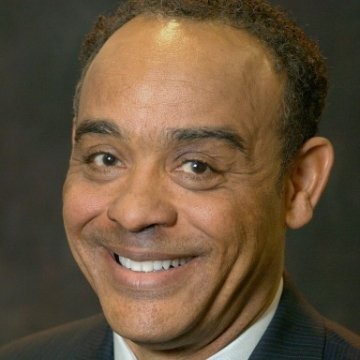By John Grace
Contributing Columnist
As the pundits argue over whether or not there will be a soft landing with no recession in our future, we will avoid that discussion and focus on what we can learn from the best, the brightest and the most significant investment portfolios managed by endowments. The good news is that the answer is simple.
For more than 50 years, there has been a belief that the perfect investment portfolio was 60% of funds in stocks and 40% in bonds. The primary rationale was the two would be “uncorrelated.” That is, when stock shares rise, bond prices fall and vice versa. Think like the Goldilocks’ porridge that is not too hot, not too cold. Just right.
But that 60/40 stock-bond traditional logic didn’t work so well in 2022. Shares of stocks and bonds tumbled in tandem by about 20% last year. The stability was upset by interest rate increases in the U.S. and the U.K., a surge of inflation, as inflation also damaged the value of bonds. While many investors were utterly unprepared, some academic institutions had moved away from the 60/40 model long ago. You can do better too.
As the 60/40 enthusiasts assert that 2022 was a dismal year, it is a proven formula over the long term and will rise again in 2023. My job is not simply offering conventional wisdom but to help investors prepare for the good, the bad and the unforeseen.
Two investment positions under your investment portfolio is akin to a two-legged stool. It doesn’t take a degree in rocket science to see that more legs under your life savings make for a more robust foundation if not a smoother ride. The 2022 experience demonstrates how it can be hazardous to your wealth to buy and hold or hold and hope, assuming it will turn out all right.
In the mid-1980s, the Yale Endowment was a small, poorly performing fund with a portfolio heavily invested in traditional stocks and bonds based on the 60/40 model. The Yale Investments Office recognized the potential of alternative investments and shifted the endowment’s investments toward other types of assets. Over the next three decades, the team transformed the endowment into one of the world’s largest and most successful endowments.
Over the past 30 years, Yale dramatically reduced the endowment’s dependence on domestic marketable securities by reallocating assets to nontraditional asset classes.
In 1989, nearly three-quarters of the endowment was committed to U.S. stocks, bonds and cash. Today, domestic marketable securities account for less than one-10h of the portfolio, while foreign equity, private equity, absolute return strategies and real assets represent more than nine-10ths of the total.
Net of fees, Yale endowment earned 0.8% for the year ending June 30, 2022.
“In such a volatile year for the world’s financial markets, we are pleased to have protected Yale’s capital,” said Yale’s chief investment officer Matt Mendelsohn. “We expect challenging times ahead as rising interest rates, inflation and the geopolitical environment provide stiff headwinds.”
To help you sleep well, no matter how the market turns, consider taking a position in infrastructure, social media, cloud adoption and streaming and content creation. Learning from the best and the brightest, it may be the case that achieving better returns and more consistency may be achieved with an investment strategy designed to achieve its goals with professional, diligent consideration of risk and return across several asset classes, including public and private equities, private credit, marketable alternatives, leveraged buyouts, venture capital and real assets.
Every sport you play or watch includes offensive and defensive capabilities. The notion that the best defense is a good offense didn’t originate in sports but rather has been attributed in 1799 to George Washington. The logic makes as much sense then as it does now. Now is the time to proactively design your life savings with offense and defense components.
John Grace is a registered representative with LPL Financial. His On the Money column runs monthly in The Wave. The opinions expressed here for general information only and are not intended to provide specific advice or recommendations for any individual.
LIFTOUT
Yale dramatically reduced the endowment’s dependence on domestic marketable securities by reallocating assets to nontraditional asset classes.













